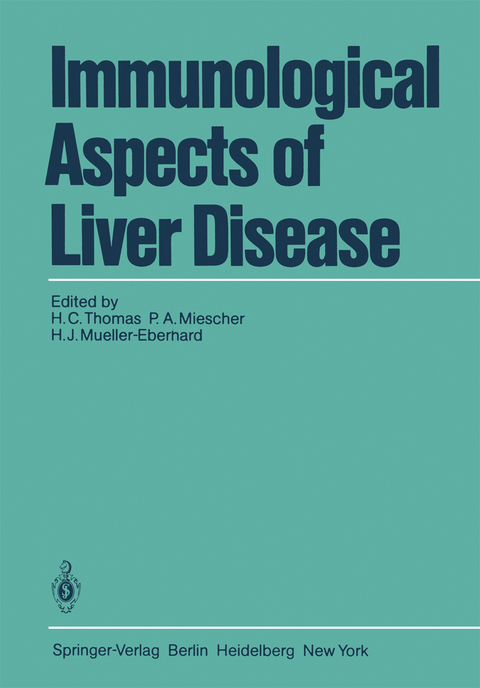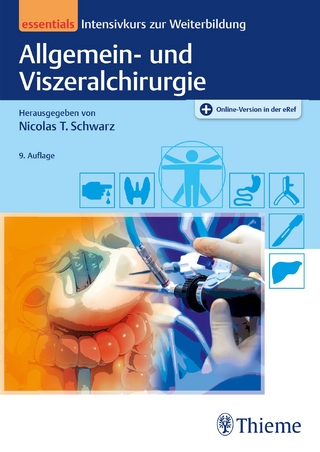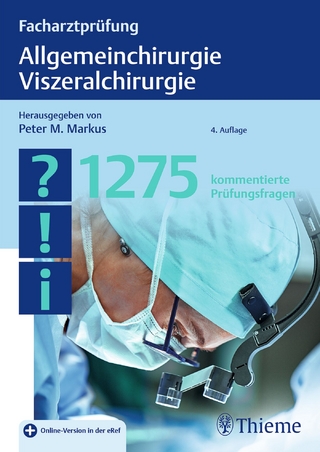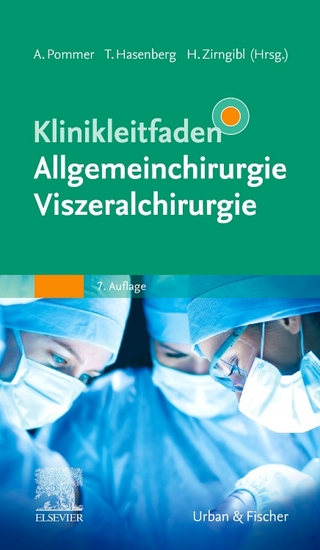
Immunological Aspects of Liver Disease
Springer Berlin (Verlag)
978-3-540-11310-2 (ISBN)
Genetic Determinants of Autoimmune Chronic Active Hepatitis.- The Role of Liver Membrane Antigens as Targets in Autoimmune Type Liver Disease.- Immunologic Effector Mechanisms in Hepatitis B-Negative Chronic Active Hepatitis.- Drug-Induced Chronic Hepatitis.- Clinical, Histologic, and Immunopathologic Features of Primary Biliary Cirrhosis.- Serology of Primary Biliary Cirrhosis.- Pathogenic Mechanisms in Primary Biliary Cirrhosis.- Hepatic Transplantation.- The Nature of the Hepatitis B Virus and its Mode of Replication.- The Immunopathology of Acute Type B Hepatitis.- The Immunopathogenesis of Chronic HBV Induced Liver Disease.- Immunopathogenesis of the Extrahepatic Manifestations of Hepatitis B Virus Infection.- Primary Liver Cancer and its Relationship to Chronic Infection with the Hepatitis B Virus.
| Erscheint lt. Verlag | 1.4.1982 |
|---|---|
| Zusatzinfo | VI, 210 p. 9 illus. |
| Verlagsort | Berlin |
| Sprache | englisch |
| Maße | 170 x 244 mm |
| Gewicht | 415 g |
| Themenwelt | Sachbuch/Ratgeber ► Gesundheit / Leben / Psychologie ► Lebenshilfe / Lebensführung |
| Medizinische Fachgebiete ► Chirurgie ► Viszeralchirurgie | |
| Medizin / Pharmazie ► Medizinische Fachgebiete ► Dermatologie | |
| Medizinische Fachgebiete ► Innere Medizin ► Gastroenterologie | |
| Medizinische Fachgebiete ► Innere Medizin ► Hepatologie | |
| Schlagworte | Antigen • autoimmune disease • Cancer • Diseases • Hepatitis • Hepatitis B • hepatology • immunology • Immunopathologie • Infection • Lebererkrankung • Liver • liver disease • Lymphocytes • pathogenesis • Pathology • Transplantation • Virus |
| ISBN-10 | 3-540-11310-X / 354011310X |
| ISBN-13 | 978-3-540-11310-2 / 9783540113102 |
| Zustand | Neuware |
| Haben Sie eine Frage zum Produkt? |
aus dem Bereich


